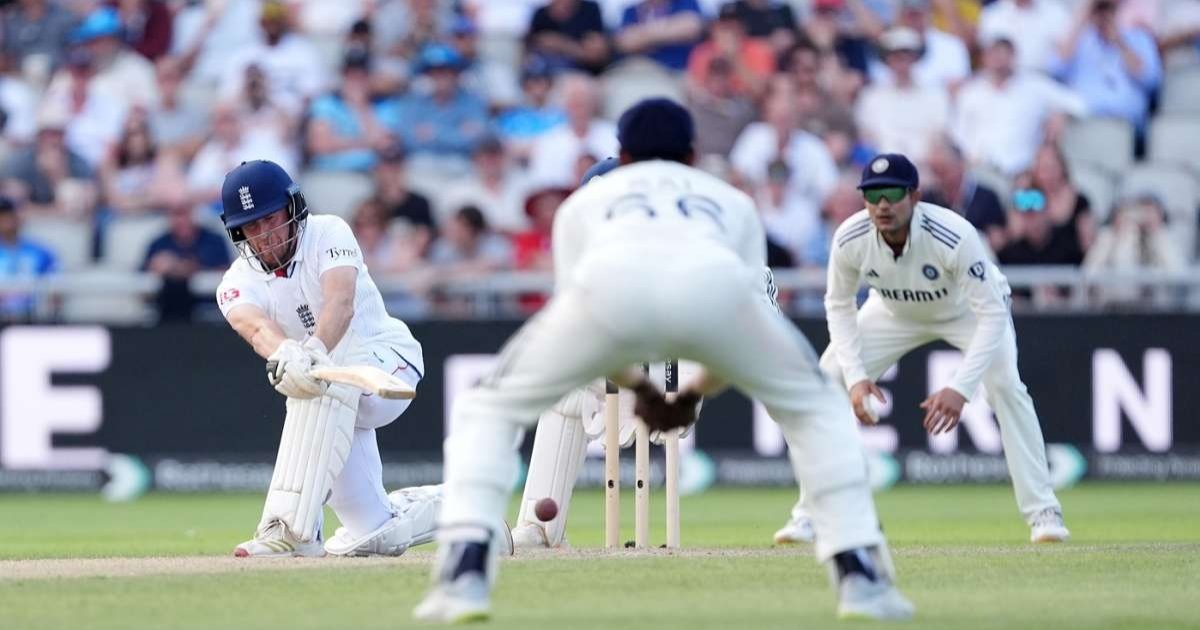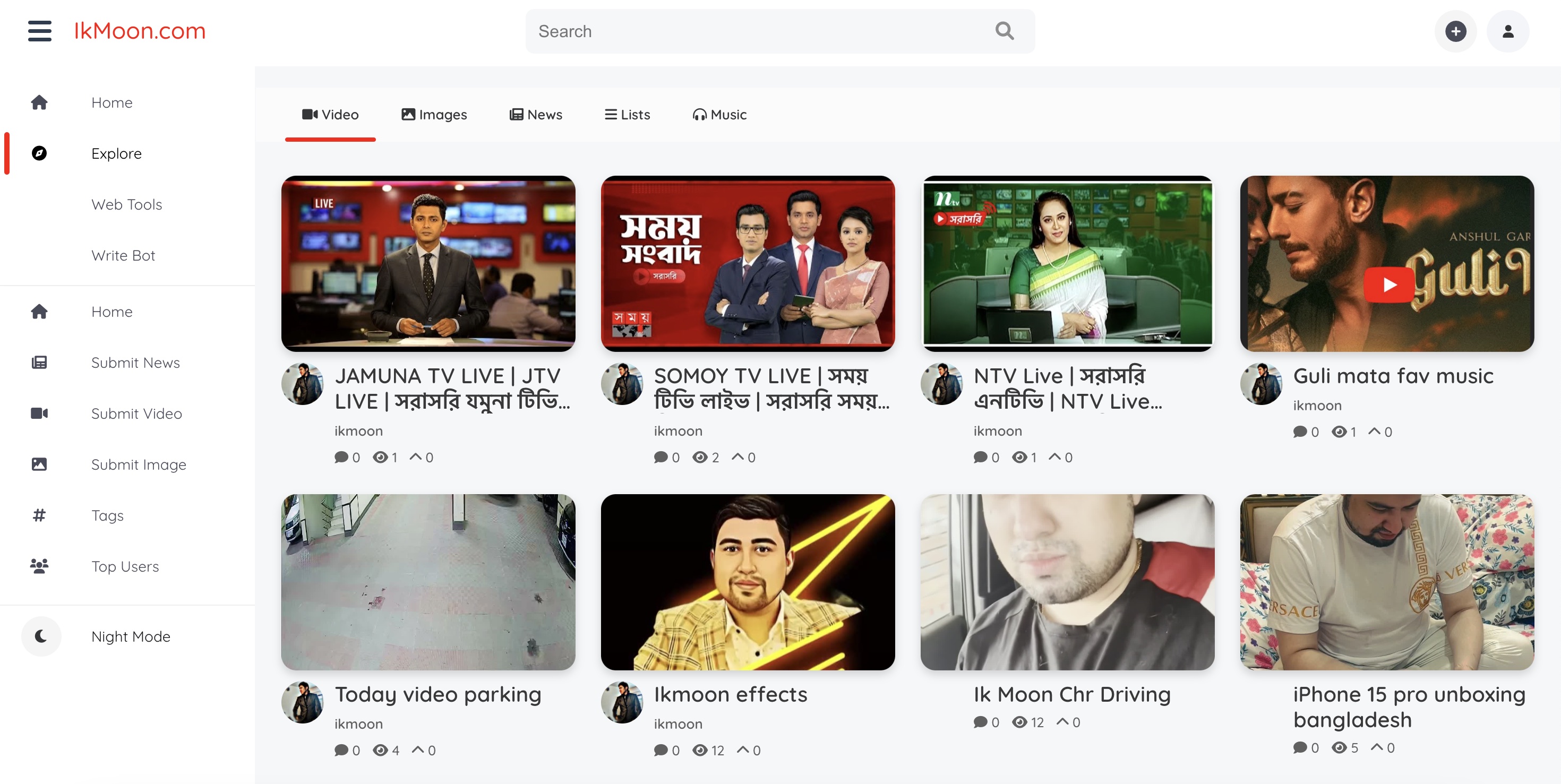Smart Contracts Are Blind Without This One Thing
The post Smart Contracts Are Blind Without This One Thing appeared on BitcoinEthereumNews.com. The deployment of a smart contract on Ethereum may feel like it’s a piece of code that someone would be unable to stop or hinder in any way. However, there is a paradox to it: the blockchain itself is airtight, but it’s unable to see the real world. Blockchains are hermetic systems. They can’t “see” weather reports, stock prices, sports scores, or random numbers. That is a big issue, since the majority of practical applications require real-life data. How can we plug this gap so it does not undermine the protection and decentralization that we hold near and dear? The answer is decentralized oracles. What Are Oracles, and Why Do They Matter? A blockchain oracle is any system that delivers off-chain data to an on-chain smart contract. Examples of what they can deliver: ETH/USD price from multiple exchanges Rainfall data for crop insurance Final scores of sports events Random number generation for games API results from legacy systems The Challenge: If you trust a single source (like a centralized API), your smart contract isn’t trustless anymore — it’s only as strong as that source. The solution is decentralized oracles. In this case, they will collect the information on different nodes and certify it with the aid of consensus mechanisms. How Decentralized Oracles Work Query initiated: A smart contract requests external data (e.g., price, random number, weather). Multiple nodes respond: Independent oracle nodes fetch and submit data. Aggregation logic runs: The contract calculates an average, median, or weighted result. Consensus validates data: Discrepancies or manipulations are slashed or rejected. Data is finalized and sent: The validated information is used by the contract. The cases of such projects are Chainlink, API3, Band Protocol, and UMA that offer full oracle frameworks with various incentive systems, slashing penalties, and mechanisms of governance. Real Use…

The post Smart Contracts Are Blind Without This One Thing appeared on BitcoinEthereumNews.com.
The deployment of a smart contract on Ethereum may feel like it’s a piece of code that someone would be unable to stop or hinder in any way. However, there is a paradox to it: the blockchain itself is airtight, but it’s unable to see the real world. Blockchains are hermetic systems. They can’t “see” weather reports, stock prices, sports scores, or random numbers. That is a big issue, since the majority of practical applications require real-life data. How can we plug this gap so it does not undermine the protection and decentralization that we hold near and dear? The answer is decentralized oracles. What Are Oracles, and Why Do They Matter? A blockchain oracle is any system that delivers off-chain data to an on-chain smart contract. Examples of what they can deliver: ETH/USD price from multiple exchanges Rainfall data for crop insurance Final scores of sports events Random number generation for games API results from legacy systems The Challenge: If you trust a single source (like a centralized API), your smart contract isn’t trustless anymore — it’s only as strong as that source. The solution is decentralized oracles. In this case, they will collect the information on different nodes and certify it with the aid of consensus mechanisms. How Decentralized Oracles Work Query initiated: A smart contract requests external data (e.g., price, random number, weather). Multiple nodes respond: Independent oracle nodes fetch and submit data. Aggregation logic runs: The contract calculates an average, median, or weighted result. Consensus validates data: Discrepancies or manipulations are slashed or rejected. Data is finalized and sent: The validated information is used by the contract. The cases of such projects are Chainlink, API3, Band Protocol, and UMA that offer full oracle frameworks with various incentive systems, slashing penalties, and mechanisms of governance. Real Use…
What's Your Reaction?











































